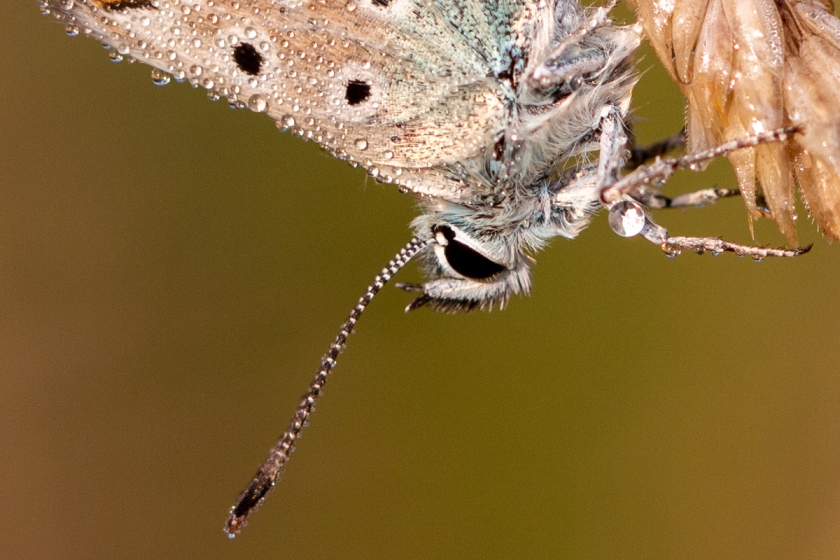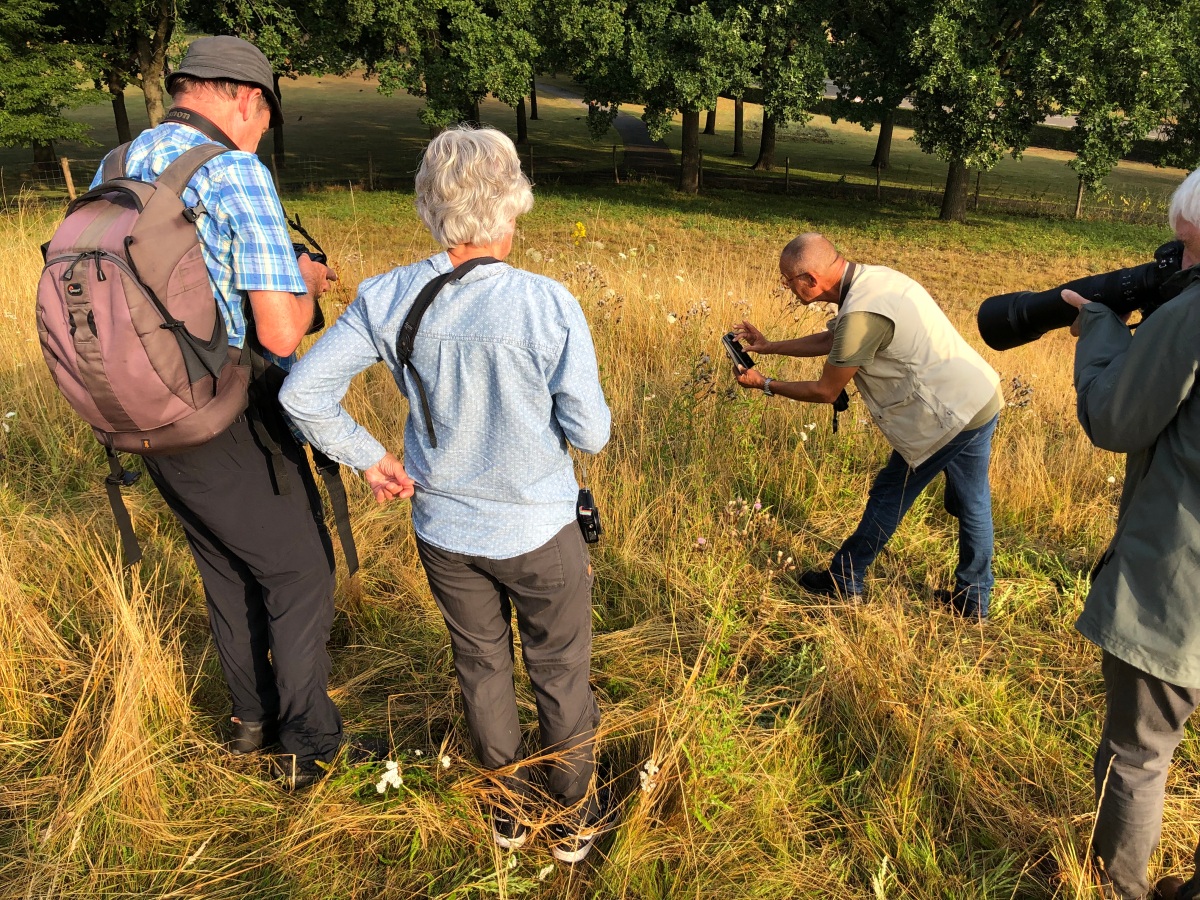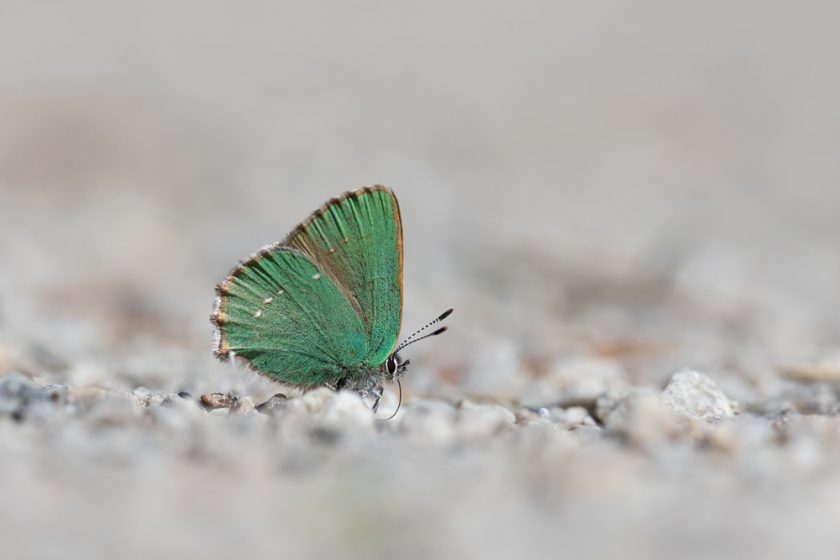Breaking news: yesterday I recorded my 70th butterfly species in The Netherlands. To put that in perspective for my non-Dutch readership: the person at the top of the ranking recorded 74 species.
The Chalk Hill Blue (Lysanda coridon) disappeared from The Netherlands in 1959. Occasionally some errant specimens were seen, but in recent years the pace picked up: it was sighted in 2018, 2019 and 2020 consecutively but not in 2021.
Two days ago the Chalk Hill Blue was sighted near Heerlen in the south of The Netherlands, close to the border with Germany. It had settled for the night and it would rain a little, so I was pretty certain it would still be there the next morning. So what does a enthousiastic butterfly photographer with an empty weekend agenda do? Indeed, he sets his alarmclock to 4 am, jumps out of bed, races to the garage and fires up the engine for the two-hour drive down south.
Upon arrival, I stepped out of the car to see two other gentlemen with cameras step out of theirs as well. We moved into the local park and were quickly joined by a fourth man. Apparently I had not taken a very good look a the map, so first we searched at the wrong spot. When I noticed my mistake I moved over to the right spot, where a fifth photographer showed up a little while later. Even with the five of us and a decent idea about the exact spot, it still took us a lot of time to locate the butterfly as it was low to the ground. Eventually I was the first to spot it much to the joy of the my fellow four friends.

It was only 07:26 in the morning, it was a little bit foggy and the sun just skimmed over the treeline. In my viewfinder I saw one of the nation’s rarest butterflies covered in dew and sunlight. What a spectacle!

Happily our small group took turns photograping the butterfly while we got acquainted. Thank you Noor, Arnoud, Eus and Jo for the wonderful company.
News of our re-discovery spread like wildfire and new butterfly photographers started to arrive in droves. As I do like some solitude in the weekend, I said goodbye and returned to my car to drive to the forest that I had originally intended to go to. With a big smile of my face of course.









